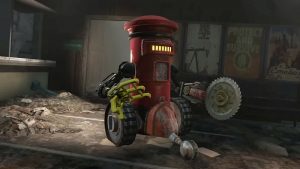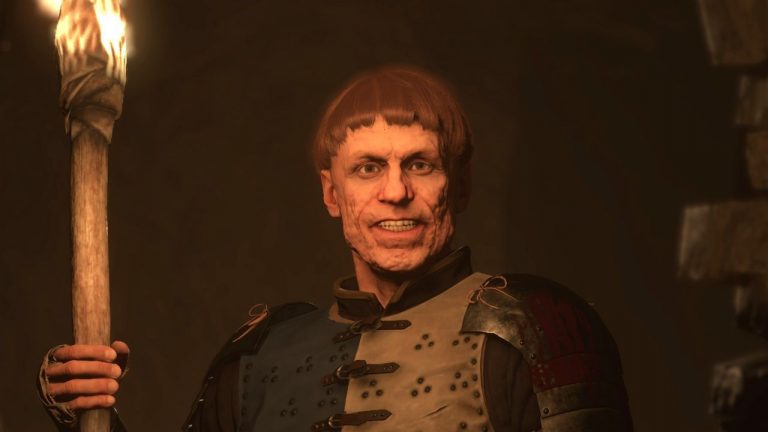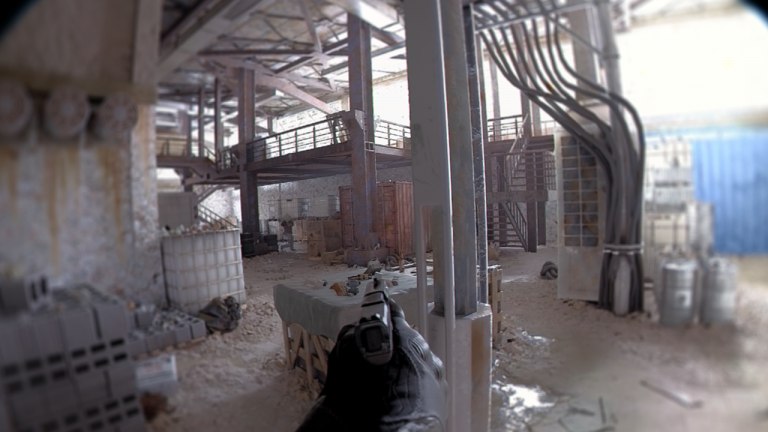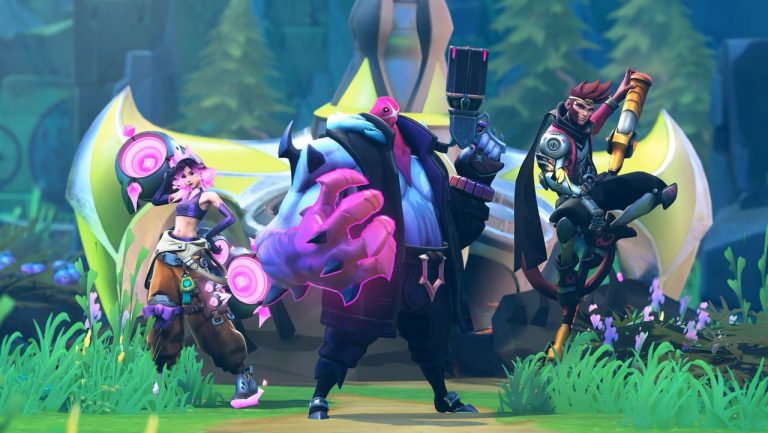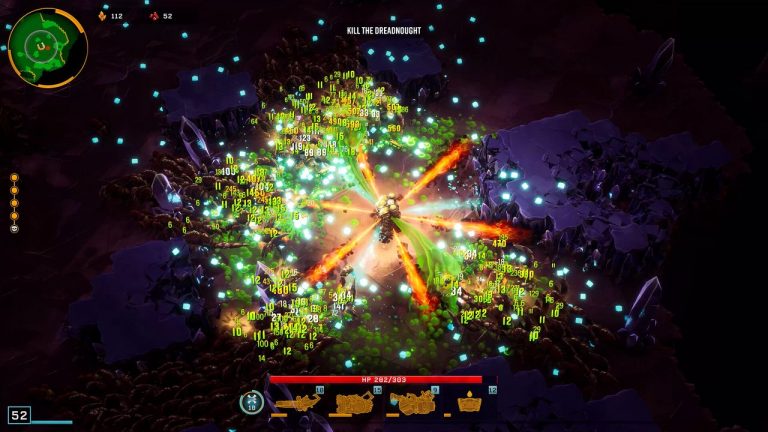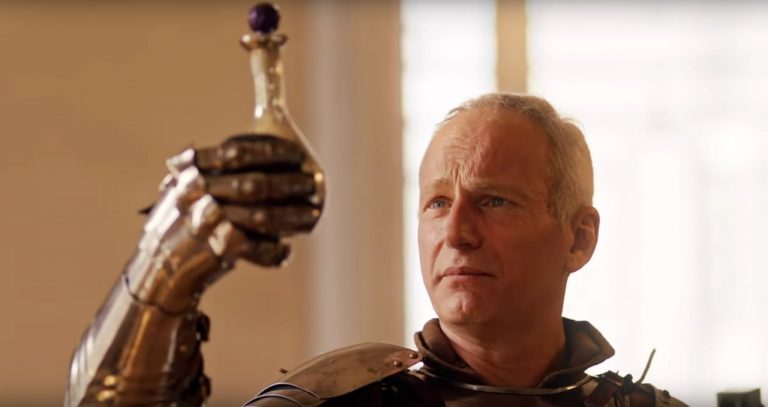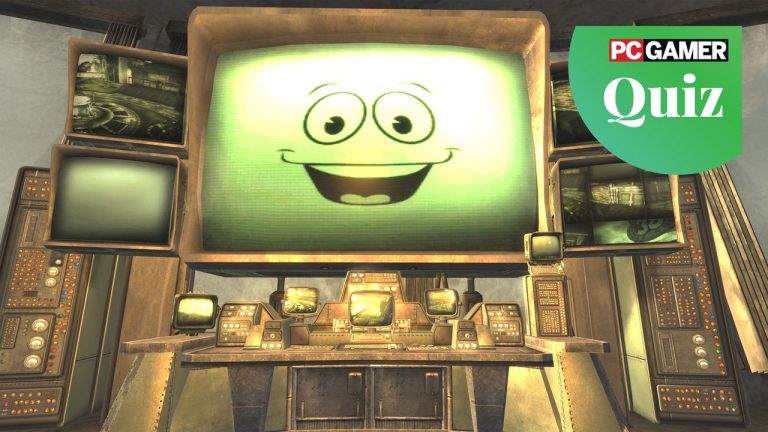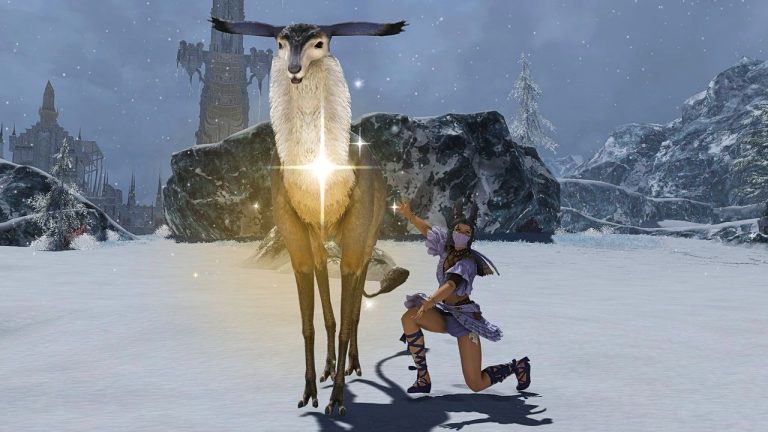My archers are in place, holy priestess Yoshiro is safely surrounded by woodcutters, and with a bit of luck the local carpenter will finish repairing the magical barrier nearby before sunset. An unsettling drumbeat intensifies as the shadows lengthen across dilapidated buildings and demonic growths. The sun finally sets below the horizon. This is it. I’ve done everything I can: now I just need to make sure everyone survives until dawn.
What is it? A brilliant mix of deadly demons, divine dancing, and deft defence
Expect to pay £39.99/$49.99
Developer CAPCOM Co., Ltd.
Publisher CAPCOM Co., Ltd.
Reviewed on Intel Core i7-7700HQ, GTX 1070, 16GB RAM
Multiplayer? No
Steam Deck Verified
Link Official website
Steeped in traditional Japanese stylings, Capcom’s twist on tower defence combines unholy abominations, purifying ritual dances, and bloody survival to mesmeric effect. I am expected to play the part of an action hero, strategic mastermind, and divine protector all at once. Every stage is a graceful ballet stretching from gentle dawn to deadly night and back again, a land of contrasts where lumbering monsters are defeated by elegant movements, and planned defences might need to be abandoned in favour of spontaneous attacks.
Kunitsu-Gami’s levels run on a short day/night cycle, the light hours spent searching for people to rescue, bolstering my defences, and repairing key local structures, the night passed fighting back the hordes of monsters making a beeline for Yoshiro. Much of my success depends on my daylight strategizing. Is it better to spend the crystals I’ve gathered cutting a path for Yoshiro, allowing her to get closer to the end of the stage, or should I spend them to equip villagers with combat roles that suit our latest hold-out point? Have I positioned them in the right places, blocking off all the routes to the priestess and setting us up to snipe incoming enemies from afar? Is it worth running off on a life-restoring ration hunt, or should I turn a unit into a healer instead?
These decisions are a matter of life and death. I’ve had overlooked monster-spewing gates wipe out the archers I’d placed close by with close-range assaults they were never supposed to handle, then turned scrappy battles into smooth victories with the right units standing in the right places on second attempts. The only thing better than beating a level is beating a level on my second or third go, watching the slobbering forces of evil clash with my perfectly primed defences—and crumble.
The only character I have any direct control over is Soh, Yoshiro’s spiritual protector. Far more than just a cursor to waft across the battlefield, Soh makes me the most powerful fighter in any stage, and if I use their balletic sword swipes, graceful dodges, and magical skills well, I can hurriedly plug any unforeseen gaps in my defences. During combat I’ll often have to rush to focus on the unexpected arrival of more powerful creatures before they tear everyone else to pieces or begin chanting a spell that buffs all the smaller demons nearby. How I fight is always at least as important as how I think.
(Image credit: Capcom)
(Image credit: Capcom)
(Image credit: Capcom)
(Image credit: Capcom)
(Image credit: Capcom)
Larger bosses can easily tear through an unprepared team (Image credit: Capcom)
Soh’s broad range of moves are all easily executed; intelligently choosing what to do and when is more important than mimicking Devil May Cry-style combos. How quickly I react to an attack coming Soh’s way can make all the difference in battle. A perfectly timed dodge means I’ve saved a life-restoring ration for a frontline fighter who really needs the help, and unleashing a gauge-depleting special skill can see a powerful monster stunned before it has the chance to buff the faceless swarm of lesser demons nearby., and every swing has force and grace behind it. But it’s just one thread in a much larger tapestry, and best to think of the action as strategy delivered by swordpoint, rather than the focus of the game.
And if it’s all going wrong while I’m in there swinging my sword, that’s nothing a bit of slightly panicked mid-battle adjusting can’t fix anyway.
A sudden influx of flying enemies can be countered by reassigning melee fighters to ranged attacker roles (assuming I have enough crystals to pay for a pricey impromptu role swap, that is). An overlooked path flooded with enemies can be covered by shuffling my existing units around, something easily achieved thanks to an intuitive command system that gives me quick access to everyone on the field. Once they’ve run off to my chosen location, I can trust that they’ll behave intelligently and reliably whenever an enemy or ally is within their clearly indicated active range.
It’s a good thing Kunitsu-Gami’s so flexible, because no two stages play the same. Sometimes I’ve got a small group huddled together, ready to fend off an all-out assault in a worryingly open area; sometimes I’ve got enough troops and space to tactically spread everyone out. Maybe it’ll be too dark to see anything unless I send people off to light the stone lanterns lining the winding way out, or I’ll have to quickly decide which of two paths to send Yoshiro dancing down and adjust my strategy to match. Numerous boss battles switch things up again, the combination of devastating attacks with huge areas of effect and the ever-present threat of a sudden swarm encouraging a new sort of improvisation.
(Image credit: Capcom)
My clever tactical spacing suddenly means nothing if a boss has ordered a swarm of enemies to descend on Yoshiro—my team’s all-out assault will have to wait until they’re dealt with. But leaving everyone grouped closely together around her can cause its own problems when bosses spit fire or damage the ground beneath their feet, and it’s important to scatter my forces in those moments, drawing their attacks away from the one thing I need to protect. There is no one right way to fight, just a string of decisions that hopefully keep everyone alive.
Thankfully boss battles give me access to single-press “Everyone attack the monster” and “Everyone protect Yoshiro” commands on top of the quick and intuitive individual control I have of each unit, and however busy the game gets, I know I’ll always have the time to properly consider my options as bringing up the command menu pauses the action. Thanks to these features I get the best of both worlds—I can sit and properly think out a new strategy whenever I need to, but if I do have an idea I can execute it so quickly there’s barely a break in the action.
I’m often tempted to go back and play the same level again right after I finish it: the results screen taunts me with all of the reward-giving optional challenges I didn’t manage to clear the first time around. Sometimes this could be as simple as making sure I use a specific number of different villager types, sometimes it’s as tough as making sure Yoshiro, or maybe even Soh, make it through the entire stage unscathed.
(Image credit: Capcom)
(Image credit: Capcom)
The bonus artwork is a real treat (Image credit: Capcom)
Yes, you can pet the dog, cow, deer, and bunny (Image credit: Capcom)
Yoshiro can only dance if Soh carves her a path (Image credit: Capcom)
Stage select screen, or beautiful view? Why not both? (Image credit: Capcom)
It’s not all about confronting the nightmarish forces of darkness though. Between stages I’m free to head back up the mountain to any village I’ve purified and have a walk around the newly freed area, upgrade my abilities, adjust my equipment, and instruct the villagers to conduct repairs, mending buildings, lanterns, broken shrines, and so on while I’m away fighting. The rewards for this fantasy DIY range from the chance to view beautiful pieces of art to permanent upgrades that help make everything I do just that little bit easier. The little slice of peace offers a relaxing change from the ongoing stress of protecting Yoshiro, and it made these little and largely silent NPCs feel worth fighting for. I’m not just flexing my tactical prowess and clearing stages as I play, I’m saving lives and rebuilding homes—and getting to enjoy the hard work afterwards too. The contrast between that first glimpse of a place, twisted by darkness and teeming with evil, and then covered in colourful lanterns and filled with relaxed villagers, never got old.
It never looked ugly either, thanks to Capcom’s now-standard suite of graphical options. Getting a neat visual thumbnail showing the exact difference between two types of volumetric fog made it easy to tweak the game to my own preferences. KB+M controls are just as well thought out, the basics mapped to all the most sensible options (jump on spacebar, for one example), and all other commands within easy reach of my WASD-hovering fingers.
I fell in love with this game the instant the first diorama-styled stage came into view, and every moment afterwards only made me adore it more. I can put a cool little archer guy I just rescued on a plinth and enjoy watching them plink enemies out of the sky. I can plunge Soh sword-first into a bunch of demons and wipe them all out. I get to enjoy a group dance at the end of it, and then do it all again in another impossibly beautiful location.
At first I wanted to rush through the story because I knew I’d be rewarded with beautiful dances, exciting battles, hair-raising surprises, and the chance to pet all the cats, bunnies, pigs, and cute dogs milling around the freshly purified villages I saved along the way. Now I want to take my time and endlessly replay areas I’ve already cleared just to prove my strategic skills or take out a screen-sized boss in a new record time. However I want to play, I know Kunitsu-Gami’s got a challenge—and a reward—waiting for me.


